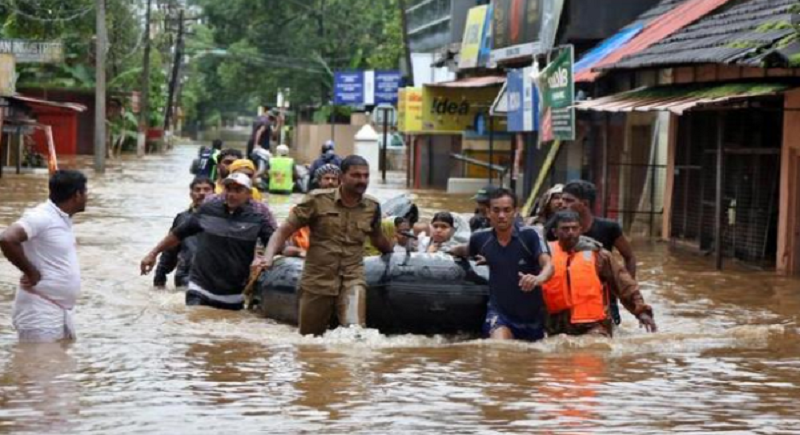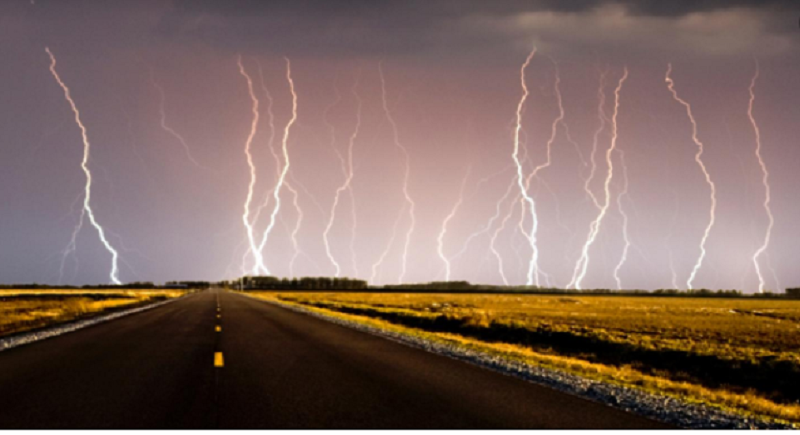New system now to alert the nature’s fury to save health and wealth
Bhubaneswar, Jan 19: "The Common Alert Protocol (CAP) model has already been tested successfully. A message can be pushed into all active cell phones in a particular area, alerting people about the possibility of lightning," said K J Ramesh, the director general of meteorology, India Meteorological Department (IMD). He was addressing a three-day international conference.
The conference, attended by over 200 scientists, researchers, academicians, planners and other stakeholders from abroad, including the US and South Africa, has been jointly organised by OSDMA and the Centre for Environment and Climate (CEC), in collaboration with other institutes.

While elaborating about the information, he said this can be possible by studying satellite and radar images and collating data from several other sources. Predicting thunderstorm and lightning might be a possibility soon said at a three-day international conference, which began here on Thursday evening.
The Union government is developing a Common Alert Protocol (CAP) system to warn people about impending thunderstorm and lightning strikes, which account for the second highest number of natural disaster deaths in India, a top official has said.
"The Odisha government has been trying to improve matters and working closely with the IMD. The state administration has built a large number of cyclone shelters along the coastal areas," he said, adding that the media would need to play a crucial role in creating awareness of natural calamities.

Inaugurating the meet, Odisha's Higher Education and Industries Minister Ananta Das urged researchers to find solutions to nature's fury as lightning led to 1560 deaths in the state in the last four years.
The conference, attended by over 200 scientists, researchers, academicians, planners and other stakeholders from abroad, including the US and South Africa, has been jointly organised by OSDMA and the Centre for Environment and Climate (CEC), in collaboration with other institutes.
Ministry of Earth Sciences Secretary M N Rajeevan, Odisha's Special Relief Commissioner Bishnupada Sethi and Purdue University Profesor Dev Niyogi were among those who spoke on the occasion.
"Lightning alone has caused over 5000 deaths in the state since the super cyclone of 1999. Most of these casualties occurred between April and September. The researchers should be able to find out why some Odisha districts like Deogarh were less susceptible to lightning when compared to Mayurbhanj," Bishnupada Sethi stated
Sethi said the three-day conference has been organised to attract national attention on natural hazards and find methods to manage such events.
Odisha, suffered a loss of Rs 72,000 crore due to damage caused to infrastructure by natural calamities in the last 24 years. He added